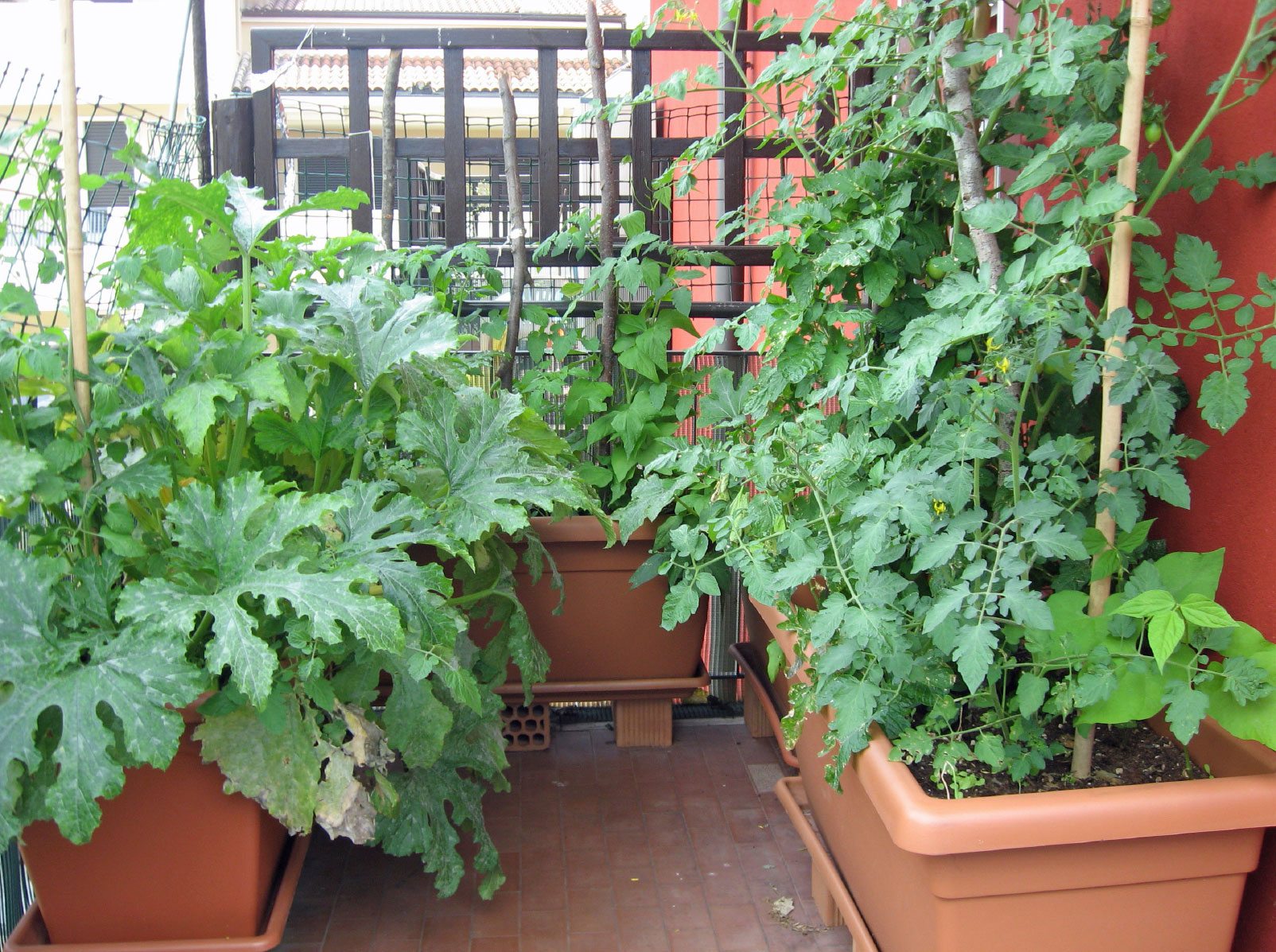The Single Strategy To Use For City Blooming
The Basic Principles Of City Blooming
Table of ContentsA Biased View of City BloomingThe 10-Minute Rule for City BloomingExamine This Report on City Blooming7 Easy Facts About City Blooming DescribedWhat Does City Blooming Do?
Intrigued in growing food for sale in the City of Chicago? Below is a checklist of frequently asked questions relating to the guidelines and regulations that growers ought to think about when intending a metropolitan farming project.
The zoning amendment does not modify any type of other codes handling composting, structure licenses, acquiring or renting City owned building, company licenses or ecological contamination. There are existing codes that manage these problems and they remain in complete impact and might apply to your project. Neighborhood yards are typically had or handled by public entities, civic organizations or community-based organizations and kept by volunteers.
Urban ranches expand food that is planned to be sold, either on a nonprofit or for-profit basis. Due to their business objective, urban ranches require a company license.
The Best Strategy To Use For City Blooming
The amount of compost material can not go beyond 25 cubic backyards at any type of provided time according to the requirements in 7-28-715 of the City's Municipal Code. Since the dirt at the majority of brand-new yard sites needs amending, compost, soil, timber chips, or various other materials can be obtained to build or enhance the expanding area.

If a structure permit is called for then the hoophouse will be thought about an accessory building. You can figure out more about the building license demands by getting in touch with the Division of Structures. The 25,000-square-foot dimension limitation is planned to avoid a solitary community garden from controling an offered block or detracting from the block's existing household or business character.
The limit does not use to gardens located in Public Open Space (POS) districts. Can there be greater than one neighborhood yard that is 25,000 square feet on a solitary block? Yes. The dimension limit puts on specific gardens, not to individual blocks. No. Fence is not called for, nevertheless, gardens that have large parking lot might be required to install fencing or various other landscaping attributes.
The 9-Second Trick For City Blooming
B1 & B2 areas call for that all commercial usage tasks be conducted inside your home. R areas restrict business activity. The policies mirror the function and intent of the Zoning Code. Is fence needed for city ranches? Yes. Fencings might be required, along with landscaping and screening, for sure car parking areas and outdoor job or storage space areas depending upon area and the certain activity occurring.
Urban farms call for building permits and zoning approvals prior to building (container and raised bed gardening etc.). Other types of city review might be required depending on details frameworks, tasks, size, landscape design, licensing, public heath and stormwater management concerns.
Yes. The kind of certificate is identified by what is happening at the website. The Department of Business Matters and Consumer Protection can aid determine the certain sort of company license that's needed. Yes. Off street car parking is needed for a lot of business jobs in Chicago. The called for number of car park spaces is based on the number of workers working on site and not the square footage of the growing room.
10 Easy Facts About City Blooming Shown

Yes. A metropolitan ranch can sell garden compost product created on website, however, the procedure has to conform with the guidelines in 7-28-715 of the Chicago Municipal Code. Yes. Aquaponic systems are enabled indoors on city farms in many zoning areas. Nevertheless, a zoning review and building license is required in order to set up structures or systems and a service certificate is called for as defined above.
Up to five hives or swarms of honey bees may be maintained as an accessory use. Nonetheless, beekeepers must register with the Illinois Department of Farming. To find out more regarding the proposed zoning amendment you may call the Department of Real Estate and Economic Growth, Bureau of Planning and Zoning at 312.744.8563.
Farming in cities and metropolitan areas A city farm in Chicago. Urban farming refers to various practices of growing. https://www.slideshare.net/danielnold94107, handling, and dispersing food in urban locations. The term also relates to the area activities of animal husbandry, aquaculture, beekeeping, and cultivation in a metropolitan context. Urban agriculture is distinguished from peri-urban farming, which takes location in backwoods beside residential areas.
Some Known Questions About City Blooming.
It can involve a motion of organic farmers, "foodies" and "locavores", that look for to develop social networks founded on a shared ethos of nature and community holism. These networks can create by way of official institutional support, coming to be integrated into local town as a "shift community" movement for sustainable urban growth.
In either situation, the a lot more straight accessibility to fresh vegetable, fruit, and meat products that may be become aware with urban agriculture can improve food protection and food safety while reducing food miles, resulting in reduced Visit This Link greenhouse gas exhausts, thereby adding to climate adjustment mitigation. A few of the very first proof of urban farming originates from Mesopotamia.